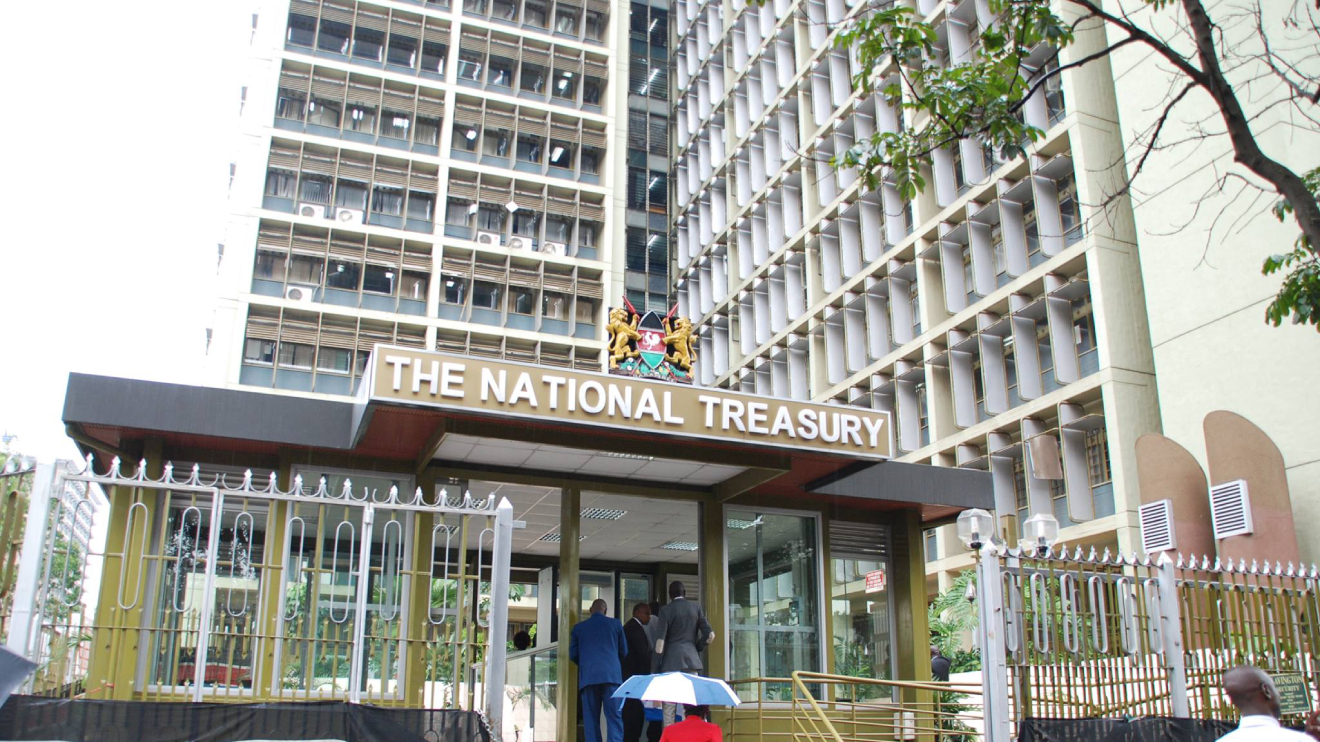In a bid to strengthen its financial footing, the National Treasury of Kenya is set to introduce a local foreign currency-denominated bond as part of its budgetary financing strategy.
This initiative aims to complement traditional funding sources, such as Treasury bills and bonds.
The announcement came through the Treasury's latest medium-term debt strategy report, where the Public Debt Management Office (PDMO) outlined plans to explore alternative funding avenues.
Among these strategies are the issuance of a Kenya shilling syndicated debt, foreign currency-denominated domestic bond, and private placements for both local and external markets.
Highlighting the rationale behind this move, data from the Central Bank of Kenya (CBK) underscores the significant presence of foreign currency deposits within the banking system, amounting to a record Sh1.4 trillion as of November last year.
Read More
The proposal by the National Treasury aligns with previous sentiments expressed by CBK Governor Kamau Thugge.
Thugge emphasized the potential benefits of issuing a dollar-denominated bond and bills, stating, "If we can get Kenyans holding dollars in deposit accounts to release them by buying into the bond, then we will have the possibility of increasing the liquidity of dollars in the system and this will help us in building up foreign exchange reserves at the CBK."
This move towards a foreign currency-denominated local bond gains significance against the backdrop of enhanced dollar liquidity in the market.
The recent issuance of a new Eurobond has assuaged concerns regarding the maturity of the 2014 debut Eurobond, which was due later in June. Consequently, there has been a release of dollars, previously held in speculation, leading to a surge in local currency preference.
This shift has propelled the Kenyan shilling to register gains against major world currencies on a year-to-date basis.
The decision to diversify funding sources reflects a strategic approach by the Kenyan government to bolster its financial resilience amid evolving market dynamics.
By tapping into foreign currency-denominated bonds, the Treasury aims to leverage available resources effectively, ensuring sustainable economic growth and stability.
As the Treasury moves forward with its plans, stakeholders will keenly observe the impact of these measures on the country's economic trajectory and exchange rate dynamics.








